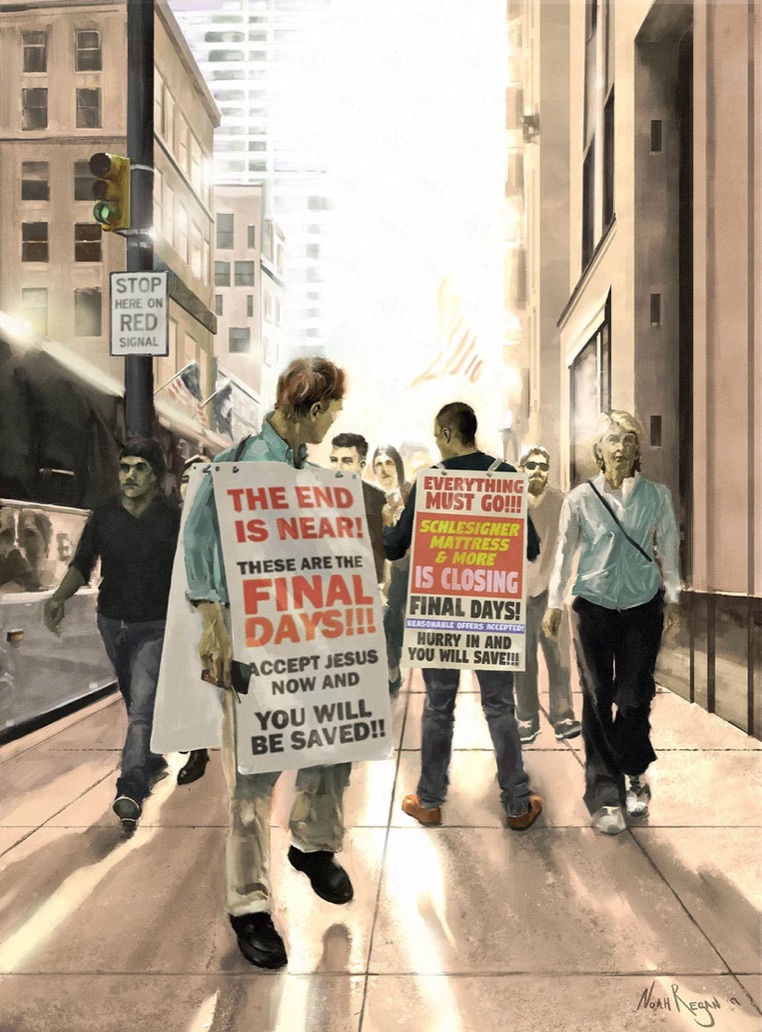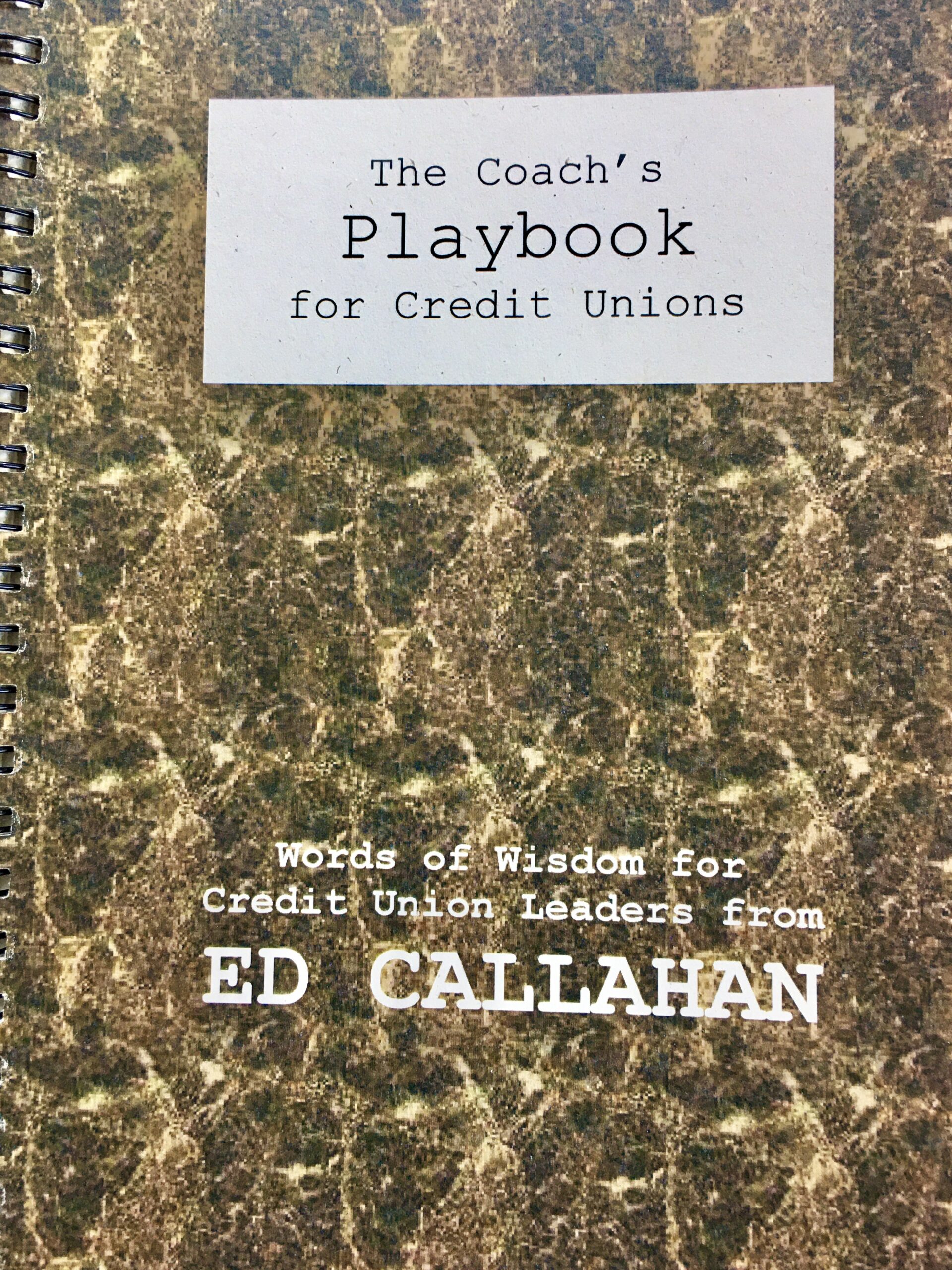Ed Callahan as both Director of the DFI in Illinois and as Chair of NCUA, had a post-Thanksgiving practice to recognize the December holiday spirit. He would find a local radio station that played holiday music as its full time programming through Christmas. In Washington the classical FM stations used to follow this practice.
He kept the volume low, but still enough to acknowledge the special spirit and joy this time of year can bring.
But work does not go away. December is the month that the NCUA board will make very consequential decisions on the amount of credit union funds it proposes to spend.
The budget agenda includes how much is spent, the normal operating level (NOL) for the insurance fund, the Overhead Transfer Rate (OTR) taken from the NCUSIF, and how the full year financials for three credit union funded operations were managed.
December’s posts will imitate Ed’s practice by presenting music of the season. At the same time, I will preview some of the data and issues for NCUA’s upcoming budget approvals, along with other observations.
This is a season of joy and beauty, sometimes beyond our understanding. But amid these moments of glory the real world events of power used and misused continue.
Angels We Have Heard on High
This French Christmas hymn was translated by James Chadwick and is performed by a traditional choir.
(https://www.youtube.com/watch?v=7RlMuRYvndU)
NCUA’s Budget Creep: Growing from a Specialist to an 8-Person Office
On February 10, 2020 NCUA ‘s IG published an investigation titled Misuse of Official Time, Illegal Drug Use, Time and Attendance Fraud.
In a March 9, 2020 post, I wrote of the personal indiscretions by Michael McKenna, NCUA General Counsel (July 2011 to November 2019) and his Deputy General Counsel Lara Daly-Sims.
The IG report detailed strip club visits and drinking while on the job from February 2017 through the beginning of the investigation in November 2019. The General Counsel is the Agency’s senior legal officer providing interpretations and support directly to the NCUA Board and Chair.
Besides replacing the Agency’s two top lawyers, what else did the Board do about this high level leadership failure? On April 22, 2020 NCUA announced that in a March closed meeting the Board decided to hire a “chief ethics counsel.”
Supervised by the chairman, the press release stated: “The Office of Ethics Counsel will certify the agency’s compliance with relevant federal ethics laws and regulations, promote accountability and ethical conduct, and help ensure the success of the NCUA’s ethics programs.” This responsibility had been under the General Counsel’s office.
This personnel performance failure was resolved by expanding staff, a classic bureaucratic response to a problem. This new position was necessary to inform three board members, their personal policy advisors, senior staff including the executive director and deputy, the general counsel and deputy, and the human resources office the difference between right and wrong behavior!
The real problem was actually a failure of administrative oversight, not understanding morality. The hiring was a political act to divert responsibility from all the senior staff who worked closely with these people during the episodes described in the IG’s investigation.
But is there any downside for another pair of eyes reviewing the agency’s personnel actions. There is. It quickly became much more than one pair of eyes.
The 2024 NCUA budget increases the Office of Ethics Counsel to 8 full time staff with an average salary of $293,000 each. This 15.2% increase pushes the total 2024 expenditures to $2.449 million.
Some believe that problems are solved by government spending more. In this episode of personal indiscretions, the solution has grown from a “chief ethics counsel” to a separate, new legal department of 8 full time employees.
This is the pattern across NCUA’s ever expanding budgets for 20 separate “Offices” and three regions.
Harper and Hood both approved this solution (McWaters was replaced by Hauptman). Is now the time to assess this ever-growing cost to determine whether there are more efficient ways to address the Agency’s ethical climate?
If safety and soundness is the Agency’s primary purpose how does an 8-person Ethics Office contribute? These positions are in addition to the 44- person legal department and 47 employed in human resources. Are ethics of the NCUA staff really that big a problem?



